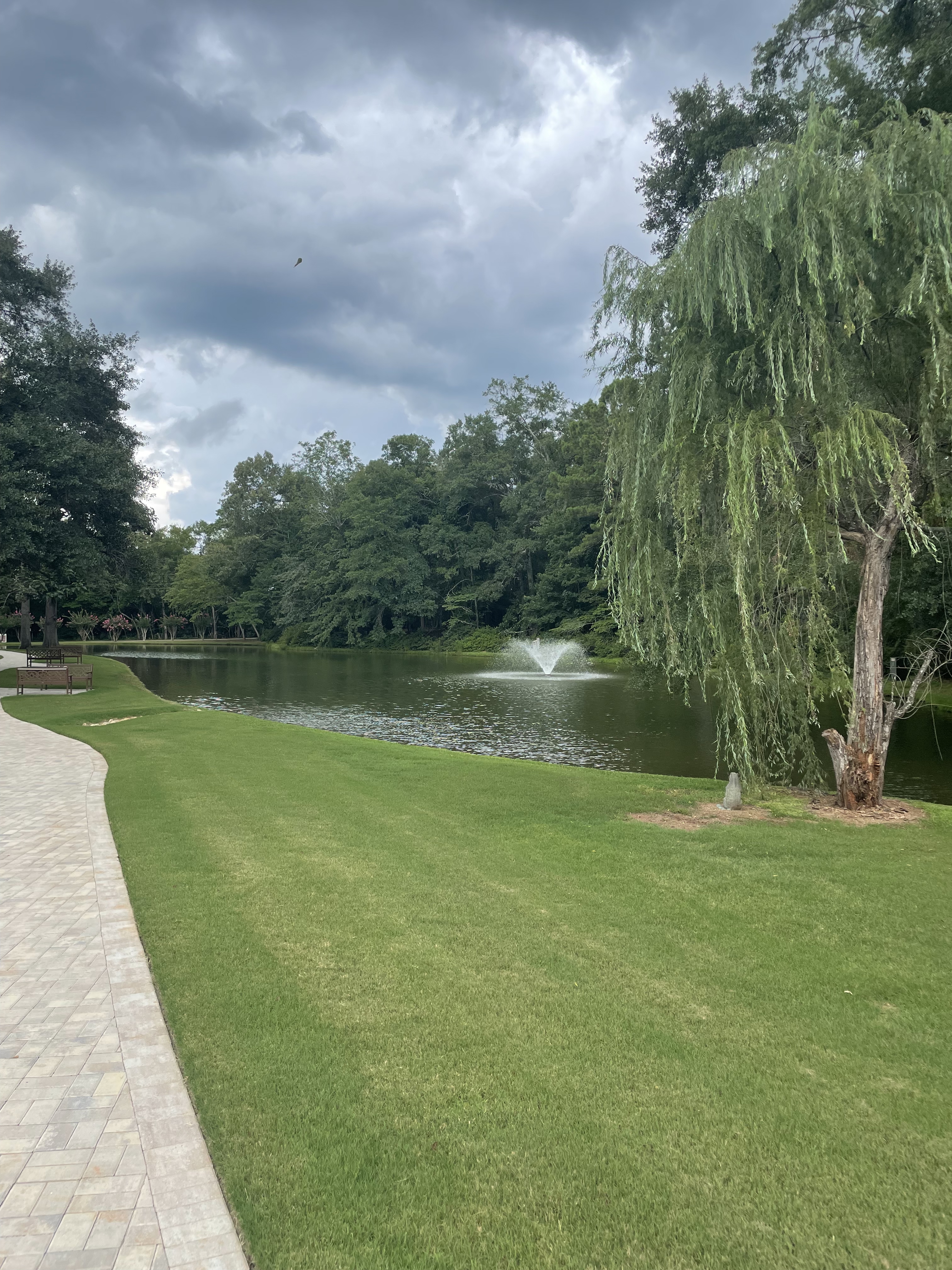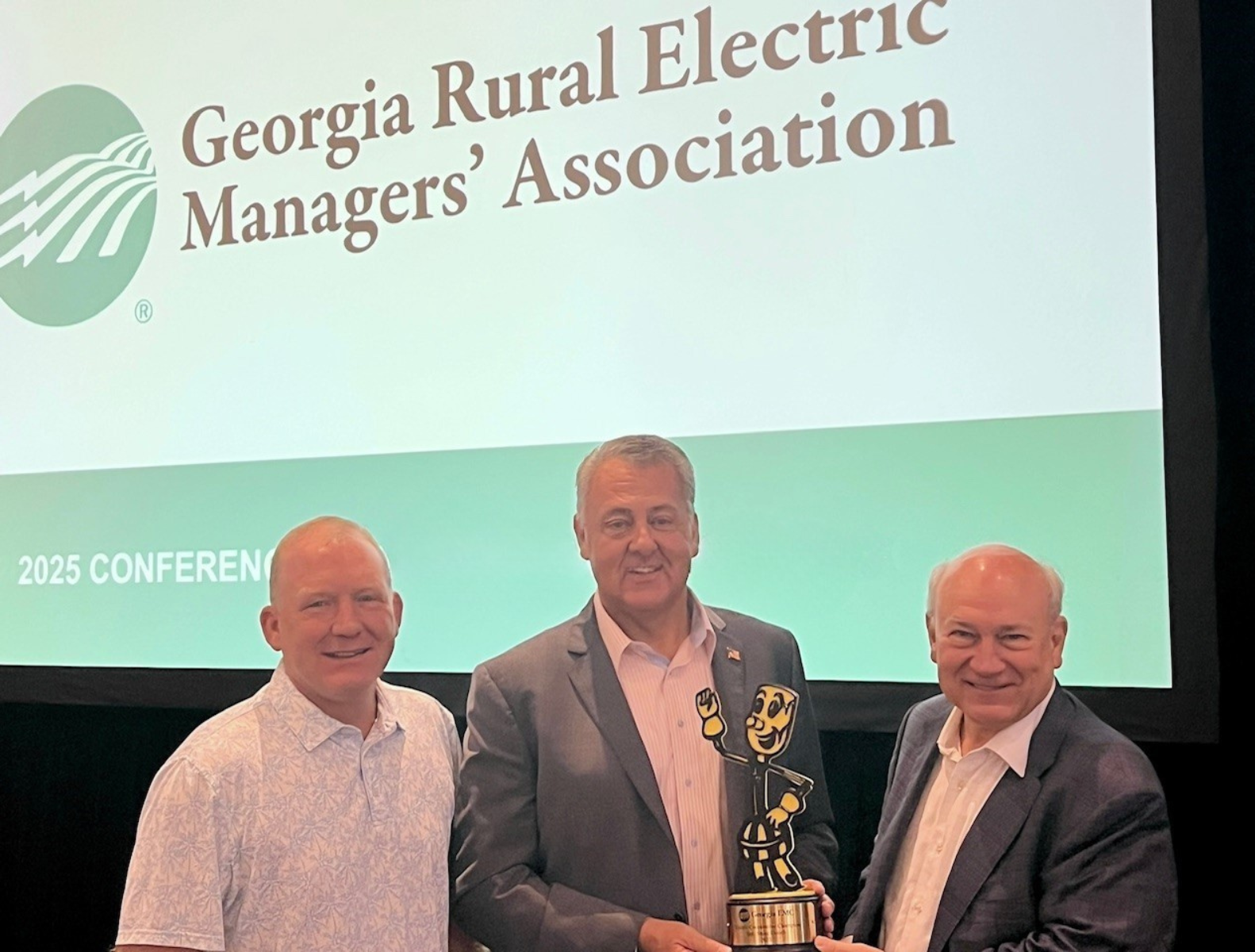Phil Hardy: Bird’s eye view — Mailbag brings fan mail
Published 3:30 pm Monday, March 27, 2017
A reader of my column sent the following letter dated Feb. 7, 2017
“About six weeks ago, while driving by the oxidation pond in Oglethorpe, I noticed some strange looking birds. I went home and got my binocular and found out they were Black-bellied Whistling-Ducks; about 15 of them. After further review, I read where they are moving this way from Louisiana like armadreds and ring necked doves. Wondered if you have ever seen them? Please advise in your column. Thanks. C.E.G.”
Dear C.E.G: First of all let me say it is a real pleasure to get fan mail. Now I know what J.J. Audubon must have felt like. Well, not really. And I’m sorry to say I have no idea what an armadred is. But let’s get on to your most excellent sighting.
I commend you for being curious enough to even want to know what these odd-looking creatures were. And if this was your first encounter with BBWD I’ll bet you, like Taggart in the movie, Blazing Saddles, wondered “What in the wide, wide world of sports is a-goin’ on here?”
Black-bellied Whistling-Ducks, formerly known as Black-bellied Tree-Ducks, are one of two types of whistling ducks found in North America. Mostly found throughout South and Central America, this species is expanding its range northward. Because the U.S. is at the extreme northern limit of this bird’s range, some birds will fly south a few hundred miles into Mexico for the winter. But populations in Florida are known to be resident.
BBWD stand erect almost resembling a goose in appearance. They are long-necked and long-legged. Their striking colors of a chestnut breast, black belly and gray head pale in comparison to the red bill and legs. A broad white stripe on their wings is easily recognizable in flight.
BBWD typically nest in tree cavities but will readily use a nest box if available. They will lay their clutch of nine-18 white eggs on whatever debris has collected in the cavity. Adult pairs are mostly monogamous, forming long-term pair bonds. They forage, mostly at night, on aquatic weeds and grains. Their call does resemble a whistle which is given in flight, while swimming, and while just standing around.
My first encounter with these gregarious, almost gaudy ducks was south of Americus in Lee County in July 2007. Off U.S. Highway 19 in Lee County is Pinewood Road. Just past the state prison is the warden’s residence with a large, lily pad-infested lake behind the house. Two adult ducks were observed there on July 16. Since that sighting Georgia birders had documented baby BBWD at this location thus confirming nesting had occurred.
Phil Hardy, a bird watcher and bird photographer, lives in Americus.





